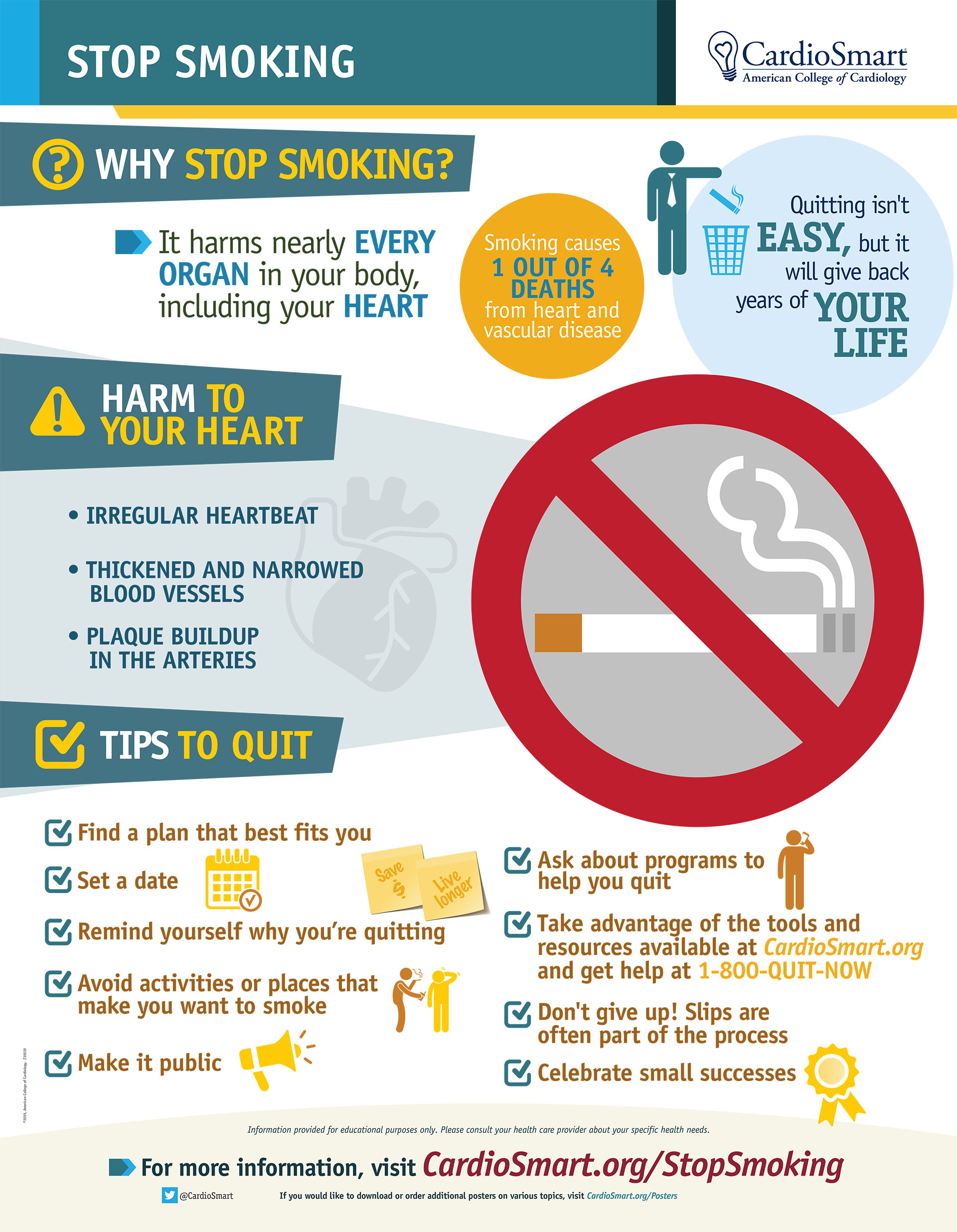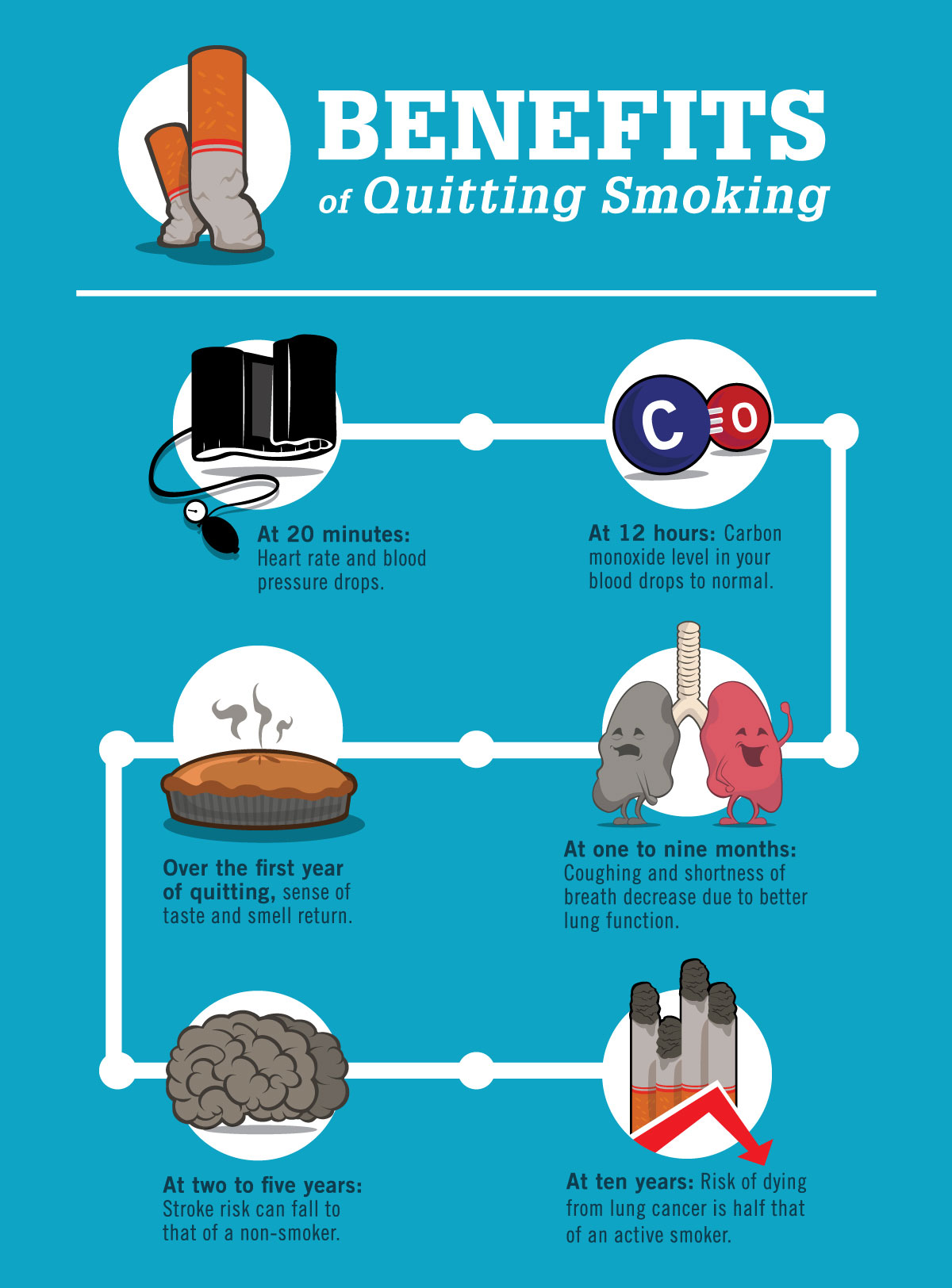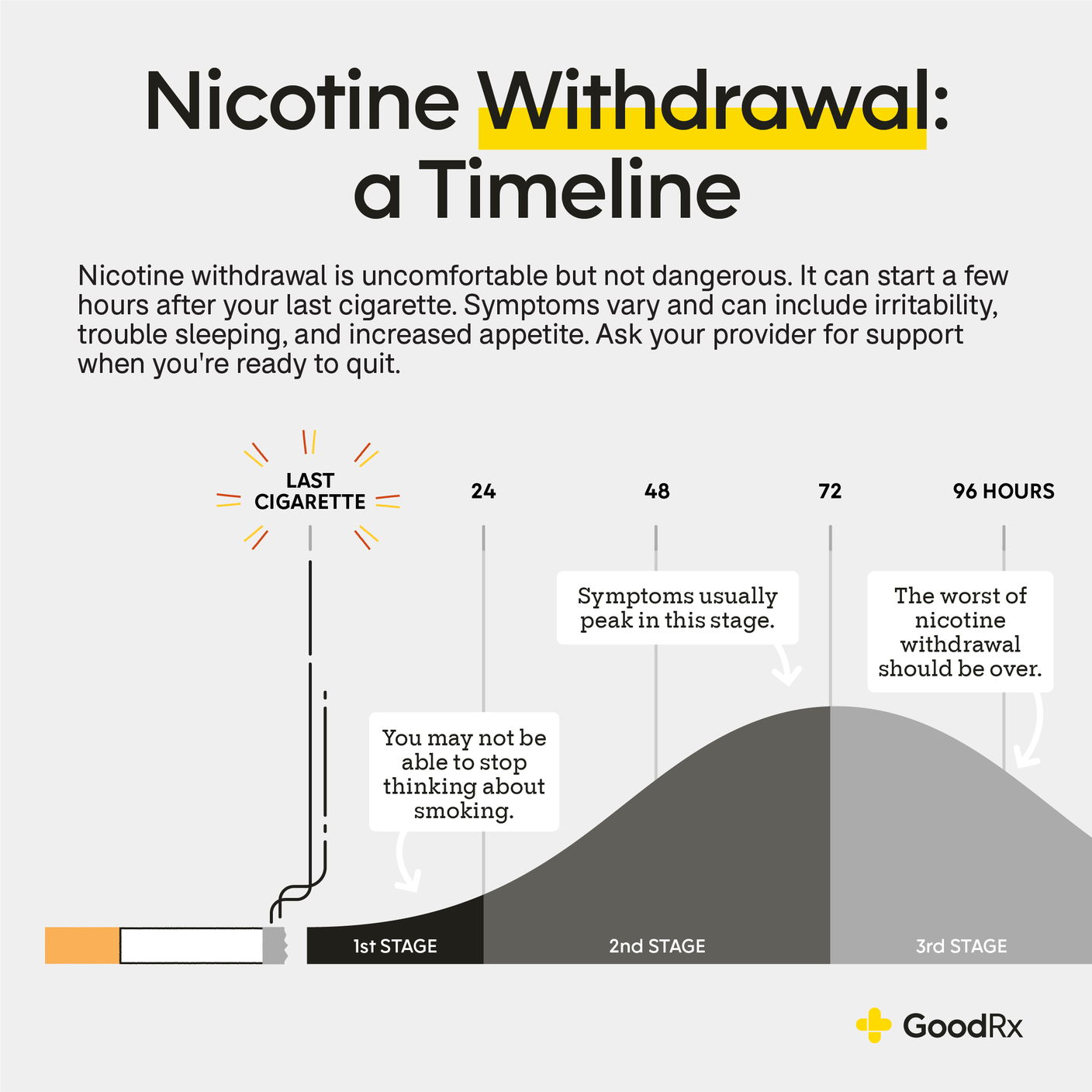Cigarettes: Understanding The Health Risks, Addiction, And Cessation Methods For A Smoke-Free Life? For those seeking to quit smoking or simply learn more about its detrimental effects, this comprehensive guide delves into the critical aspects of cigarette use and provides invaluable insights for a smoke-free life.
Editor's Note: "Cigarettes: Understanding The Health Risks, Addiction, And Cessation Methods For A Smoke-Free Life" have published today date". Given the alarming prevalence of smoking and its devastating health consequences, we believe this topic is of paramount importance and deserves widespread attention.
Through extensive analysis and research, we have compiled this comprehensive guide to empower individuals with the knowledge and tools necessary to make informed decisions about their smoking habits. Whether you are a current smoker seeking cessation methods or simply curious about the health risks associated with tobacco use, this guide will provide you with the essential information you need.
Key Differences:
| Health Impact | Addiction | Cessation Methods |
|---|---|---|
| Increased risk of cancer, heart disease, and respiratory illnesses | Highly addictive due to nicotine | Nicotine replacement therapy, counseling, medication, and support groups |
Main Article Topics:
- The Health Risks of Cigarette Smoking
- The Addictive Nature of Cigarettes
- Cessation Methods for a Smoke-Free Life
FAQ
Cigarette smoking is a leading cause of preventable death. Understanding its health risks, addictive properties, and quitting strategies can help individuals make informed choices and pursue a smoke-free life.

Smoking Cessation Heart Failure at Dexter Webber blog - Source dxoqaftkj.blob.core.windows.net
Question 1: How does smoking harm health?
Answer: Cigarettes contain over 7000 chemicals, including tar, carbon monoxide, and nicotine. These chemicals damage the lungs, heart, and other organs, increasing the risk of cancer, cardiovascular disease, and respiratory problems.
Question 2: Is nicotine addictive?
Answer: Yes, nicotine is highly addictive. It stimulates the release of dopamine, creating a sensation of pleasure and reinforcement. This makes quitting smoking challenging, but not impossible.
Question 3: What are the withdrawal symptoms of quitting smoking?
Answer: Withdrawal symptoms can include cravings, irritability, anxiety, difficulty concentrating, and increased appetite. These symptoms usually peak within the first three days and gradually subside over several weeks.
Question 4: What are effective smoking cessation methods?
Answer: Several evidence-based methods can help quit smoking, including nicotine replacement therapy (NRT), prescription medications, behavioral counseling, and support groups. Combining these methods can increase success rates.
Question 5: How long does it take to become smoke-free?
Answer: Quitting smoking is a gradual process that varies among individuals. It requires commitment and determination. Some may experience setbacks along the way, but it's essential to persevere and seek support when needed.
Question 6: What are the benefits of quitting smoking?
Answer: Quitting smoking significantly improves health outcomes, reducing the risk of smoking-related diseases. It also enhances lung function, stamina, and overall quality of life.
Quitting smoking is a challenging but rewarding endeavor. By understanding the risks, addiction, and quitting strategies, individuals can take control of their health and embrace a smoke-free life.
Transition to the next article section: Learn more about the latest research on smoking cessation methods and ongoing efforts to reduce smoking prevalence.
Tips
As you embark on your smoke-free journey, consider these insightful tips to help you navigate the challenges and embrace a healthier lifestyle. Cigarettes: Understanding The Health Risks, Addiction, And Cessation Methods For A Smoke-Free Life
Tip 1: Identify Your Triggers
Recognize the situations, emotions, or people that typically prompt you to smoke. Understanding these triggers allows you to develop strategies to cope with them without resorting to cigarettes.
Tip 2: Explore Nicotine Replacement Therapy
Consider using nicotine patches, gum, or lozenges as a temporary substitute for cigarettes. This can reduce cravings and withdrawal symptoms, making it easier to gradually wean yourself off nicotine.
Tip 3: Seek Professional Support
Enlist the guidance of a healthcare professional or therapist. They can provide personalized advice, support, and access to cessation programs that cater to your specific needs.
Tip 4: Engage in Physical Activity
Exercise releases endorphins that have mood-boosting effects. Physical activity can distract you from cravings and reduce stress, both of which are common triggers for smoking.
Tip 5: Learn Relaxation Techniques
Practice deep breathing exercises, meditation, or yoga to manage stress and cravings. These techniques help calm the mind and reduce the urge to smoke.
Tip 6: Find Alternatives To Smoking
Identify activities or hobbies that provide a sense of satisfaction and pleasure. This could include reading, drawing, or spending time with loved ones. Having alternative activities to turn to can reduce the appeal of cigarettes.
Tip 7: Join a Support Group
Connect with others who are also trying to quit smoking. Sharing experiences and receiving encouragement can provide invaluable support and accountability.
Tip 8: Reward Your Successes
Acknowledge and celebrate your progress along the way. Treat yourself to something enjoyable, such as a new book, a massage, or a day trip, to reinforce positive behavior and maintain motivation.
Remember, breaking free from nicotine addiction requires dedication and perseverance. By following these tips, you can increase your chances of success and embrace a smoke-free life filled with improved health and well-being.
Cigarettes: Understanding The Health Risks, Addiction, And Cessation Methods For A Smoke-Free Life
Cigarettes, ubiquitous and addictive, pose severe health risks, necessitating a comprehensive understanding of their perils and cessation strategies.
- Health Risks: Cancer, cardiovascular disease, respiratory ailments
- Addiction: Nicotine's grip on brain chemistry, leading to dependence
- Cessation Methods: Nicotine replacement therapy, counseling, behavioral interventions
- Economic Burden: Healthcare costs, lost productivity due to smoking-related illnesses
- Environmental Impact: Cigarette butts, a major source of pollution
- Social Justice: Higher smoking rates among marginalized communities

Smoking Cessation Guidelines 2025 - Hilda Dulciana - Source judyqannamarie.pages.dev
Understanding these aspects empowers individuals to make informed decisions about smoking, mitigate health risks, break addiction, and achieve a smoke-free life. It highlights the need for public health campaigns, accessible cessation resources, and supportive policies to reduce smoking prevalence and improve overall well-being.

Nicotine Withdrawal: What to Expect and How to Cope - GoodRx - Source www.goodrx.com
Cigarettes: Understanding The Health Risks, Addiction, And Cessation Methods For A Smoke-Free Life
Cigarette smoking is a leading cause of preventable death and disease in the world. It is responsible for more than 480,000 deaths in the United States each year. The health risks of smoking are well-documented and include an increased risk of developing cancer, heart disease, stroke, and chronic obstructive pulmonary disease (COPD). Smoking also damages the skin, accelerates aging, and can lead to infertility.

E-Cigarettes and Cardiovascular Health: The Risks of Vaping | LaptrinhX - Source laptrinhx.com
The addictive nature of cigarettes is due to the presence of nicotine. Nicotine is a powerful stimulant that affects the brain's reward system. When someone smokes a cigarette, the nicotine is absorbed into the bloodstream and travels to the brain. There, it binds to receptors in the reward system and triggers the release of dopamine. Dopamine is a neurotransmitter that is associated with pleasure and reward. This is why people who smoke often report feeling relaxed and happy after smoking a cigarette.
There are a number of different methods available to help people quit smoking. These methods include nicotine replacement therapy (NRT), counseling, and medication. NRT works by providing the body with a small amount of nicotine, which can help to reduce cravings and withdrawal symptoms. Counseling can help people to identify and change the behaviors that lead to smoking. Medication can also be used to help reduce cravings and withdrawal symptoms.
Quitting smoking is not easy, but it is possible. With the right support, people who smoke can quit and improve their health and well-being.
Conclusion
Smoking is a leading cause of preventable death and disease in the world. It is responsible for more than 480,000 deaths in the United States each year. The health risks of smoking are well-documented and include an increased risk of developing cancer, heart disease, stroke, and chronic obstructive pulmonary disease (COPD). Quitting smoking is not easy, but it is possible. With the right support, people who smoke can quit and improve their health and well-being.
If you are thinking about quitting smoking, talk to your doctor. There are a number of resources available to help you quit, including nicotine replacement therapy (NRT), counseling, and medication. With the right support, you can quit smoking and improve your health and well-being.